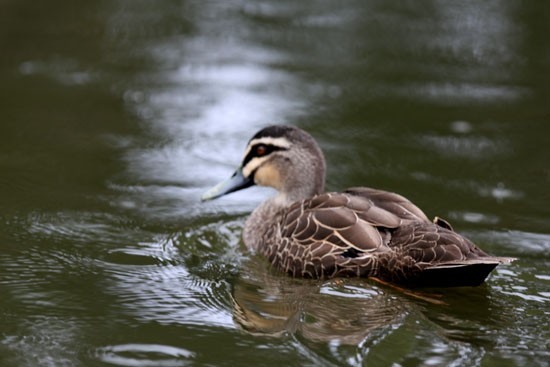 Is pacific Black Duck native to Australia?
Is pacific Black Duck native to Australia?
Is pacific Black Duck native to Australia?
This sociable duck is found in a variety of wetland habitats, and its nesting habits are much like those of the mallard, which is encroaching on its range in New Zealand. It feeds by upending, like other Anas ducks. It has a dark body, and a paler head with a dark crown and facial stripes. In flight, it shows a green speculum and pale underwing. All plumages are similar. The size range is 54–61 cm; males tend to be larger than females, and some island forms are smaller and darker than the main populations. It is not resident on the Marianas islands, but sometimes occurs there during migration. The now extinct Mariana mallard was probably originally derived from hybrids between this species and the mallard, which came to the islands during migration and settled down there. Like its relatives the mallard and American black duck, the Pacific black duck is one of a number of duck species that can quack, with the female producing a sequence of raucous, rapid quacking which decreases in volume. There are three subspecies of Anas superciliosa: rogersi − Mathews, 1912 Australasian duck, breeds in Indonesia, southern New Guinea and Australia pelewensis − Hartlaub & Finsch, 1872 – Island black duck, breeds on the southwest Pacific islands and northern New Guinea superciliosa Gmelin, 1789 − New Zealand grey duck, breeds in New Zealand The New Zealand subspecies has declined sharply in numbers, at least in its pure form, due to competition from and hybridisation with the introduced mallard. Rhymer et al. (1994) say their data "points to the eventual loss of identity of the grey duck as a separate species in New Zealand, and the subsequent dominance of a hybrid swarm akin to the Mariana Mallard." Studies of their three species of parasitic feather lice support this prediction It was assumed that far more mallard drakes mate with grey duck females than vice versa based on the fact that most hybrids show a mallard-type plumage, but this is not correct; it appears that the mallard phenotype is dominant, and that the degree to which species contributed to a hybrid's ancestry cannot be determined from the plumage. The main reasons for displacement of the grey duck seem to be physical dominance of the larger mallards, combined with a marked population decline of the grey duck due to overhunting in the mid-20th century.
